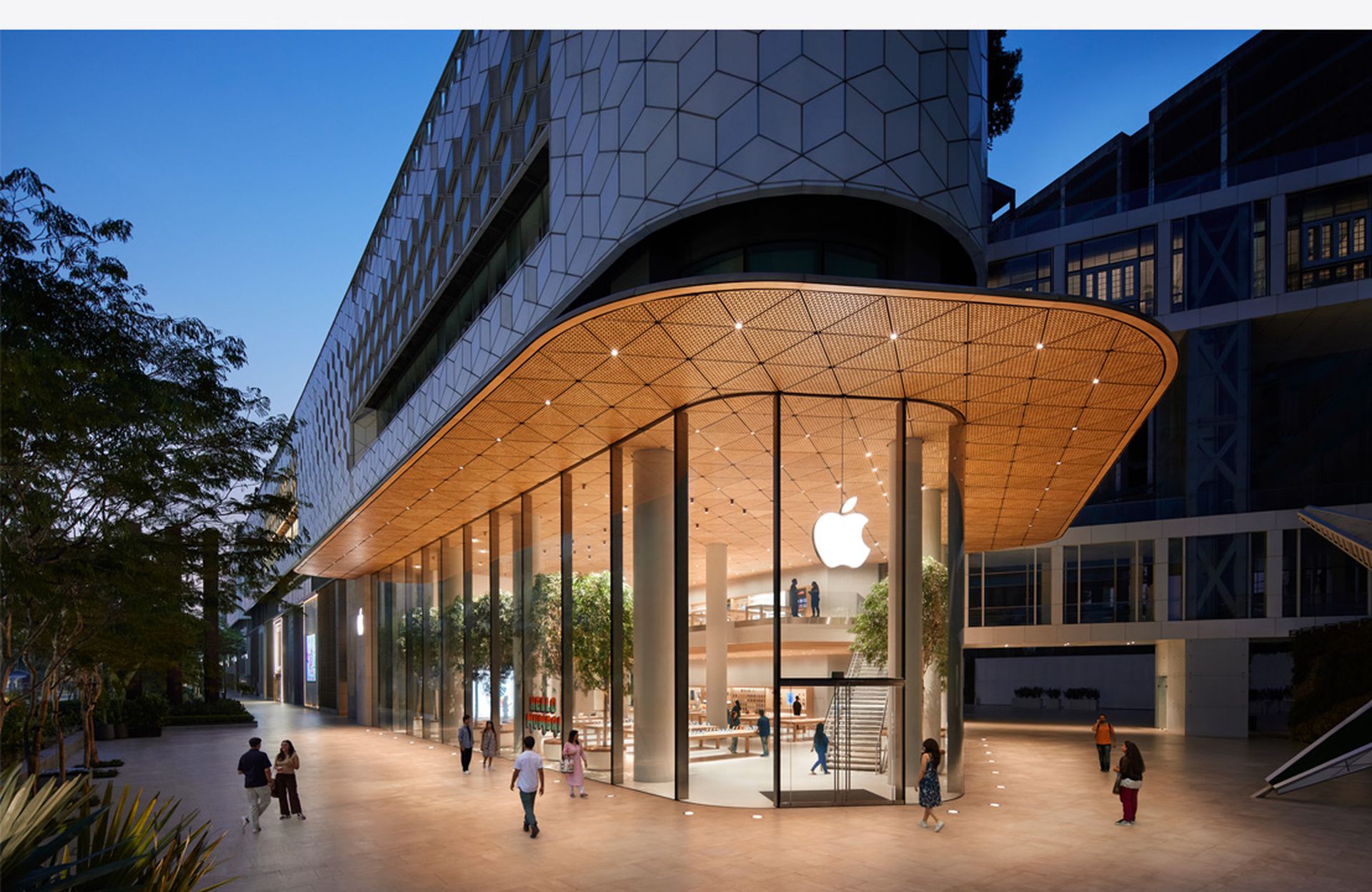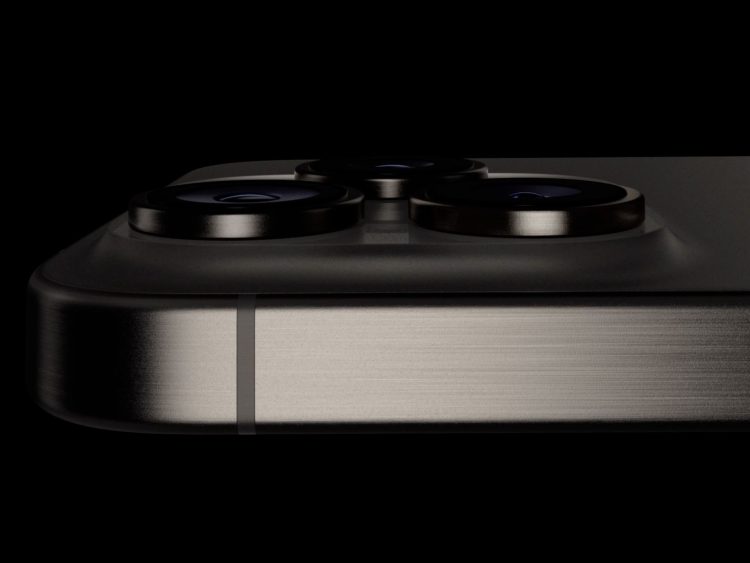As September approaches, Apple enthusiasts find themselves in familiar territory: the annual anticipation of the next iPhone release. The iPhone 16 is on the horizon. However, now may not be the best time to splash the cash on this new device.
Whether you’re eyeing a shiny new device or simply considering an upgrade, it’s worth pausing to think about the timing of your purchase. Let’s take a look at why.

Why buying an iPhone now might be a bad idea?
The most important factor to consider is Apple’s consistent product launch schedule. Historically, the tech giant unveils its latest iPhones in September, followed by immediate availability. Buying an iPhone in late summer can be risky, as you might end up paying top dollar for technology that will soon be outdated. Even if you’re not interested in the newest features, waiting just a few weeks could allow you to purchase last year’s model at a lower price.
Apple‘s product cycle rarely changes, and its pricing structure is equally predictable. This makes the months leading up to a new iPhone release the least advantageous time to buy. For those who value getting the most bang for their buck, patience is key. You can wait just a few weeks for the new iPhone launch and get an iPhone 15 or 14, if not an iPhone 16, during the sale period. And you can do it cheaper than you can do it now.

What’s coming with the iPhone 16?
Rumors and leaks about the iPhone 16 suggest that Apple has some noteworthy upgrades in store. While nothing is confirmed until Apple’s official announcement, reports hint at several new features. These may include larger screen sizes for the Pro models, a dedicated camera button, and enhanced telephoto capabilities on the iPhone 16 Pro. If these upgrades sound appealing, it might be worth holding off on your purchase until the new models are available.
Beyond new features, a fresh processor, possibly named the A18, is expected to power the iPhone 16. This would continue Apple’s tradition of improving performance and efficiency with each new generation. If you’re using an older iPhone, these improvements may not seem critical, but they can make a difference in how long your new device stays up to date.
If your current iPhone is more than two generations old, an upgrade might be tempting. However, timing is everything. Buying just before a new iPhone launch can lead to missed opportunities for discounts and other incentives that typically appear after the latest model hits the market.
Apple has been known to lower the prices of older models when introducing new ones, which means that waiting can save you some money. Also, trade-in offers and carrier deals are often offered in the weeks following the launch of a new iPhone, further reducing the cost of upgrading.

Making the right choice
Ultimately, the decision to buy a new iPhone comes down to your personal needs and budget. If you’re a photography enthusiast who values having the latest camera technology, the Pro models might be worth the investment. On the other hand, if you prefer a larger screen but aren’t set on the newest features, opting for last year’s Plus model could be a more economical choice.
Remember, Apple has supported its devices with software updates for several years, so even a slightly older iPhone will continue to serve you well for a while. However, it’s essential to weigh the benefits of new features, such as those introduced with Apple’s latest chip, against the cost of upgrading.
While the allure of a new iPhone is strong, the smartest move might be to wait until Apple’s next release. By doing so, you’ll have a clearer picture of your options and can make a more informed decision about your upgrade. As always, staying patient in the tech world can often lead to better deals and a better overall experience.
Featured image credit: Apple




